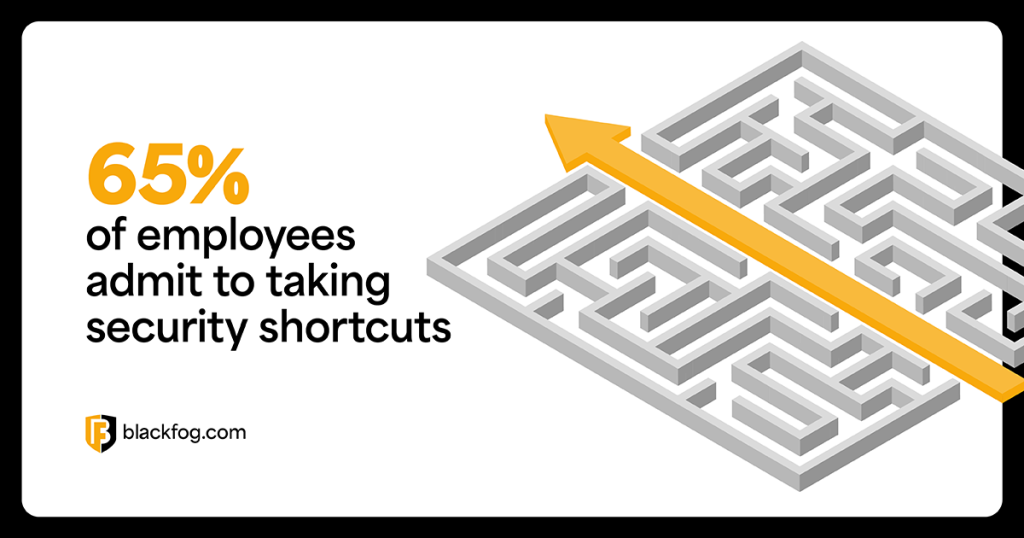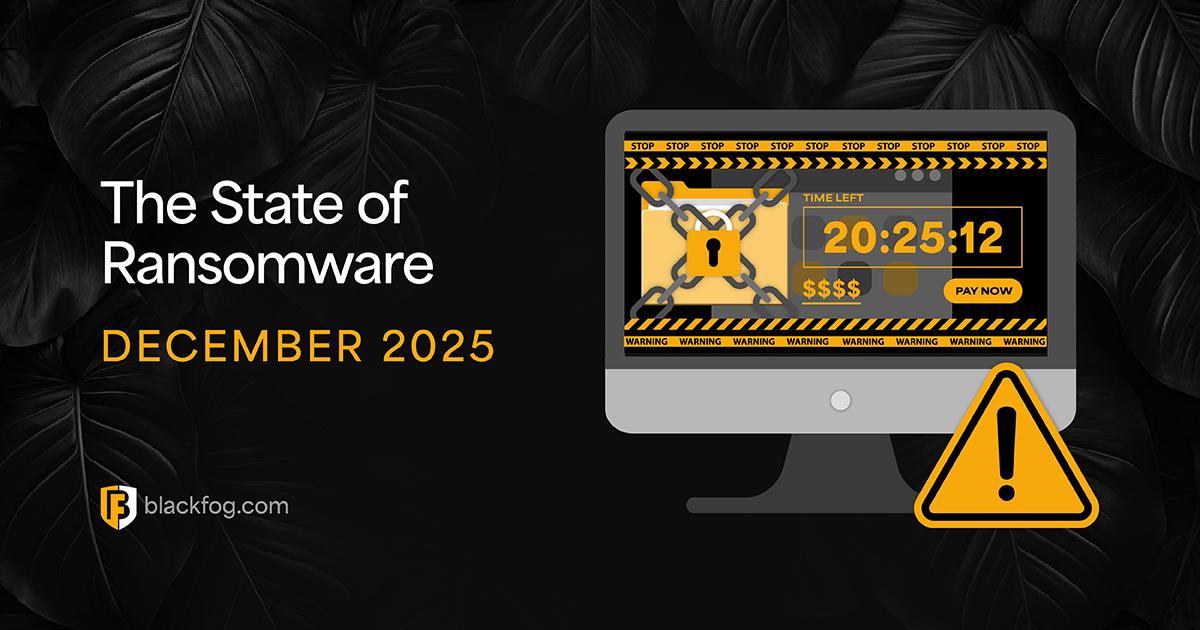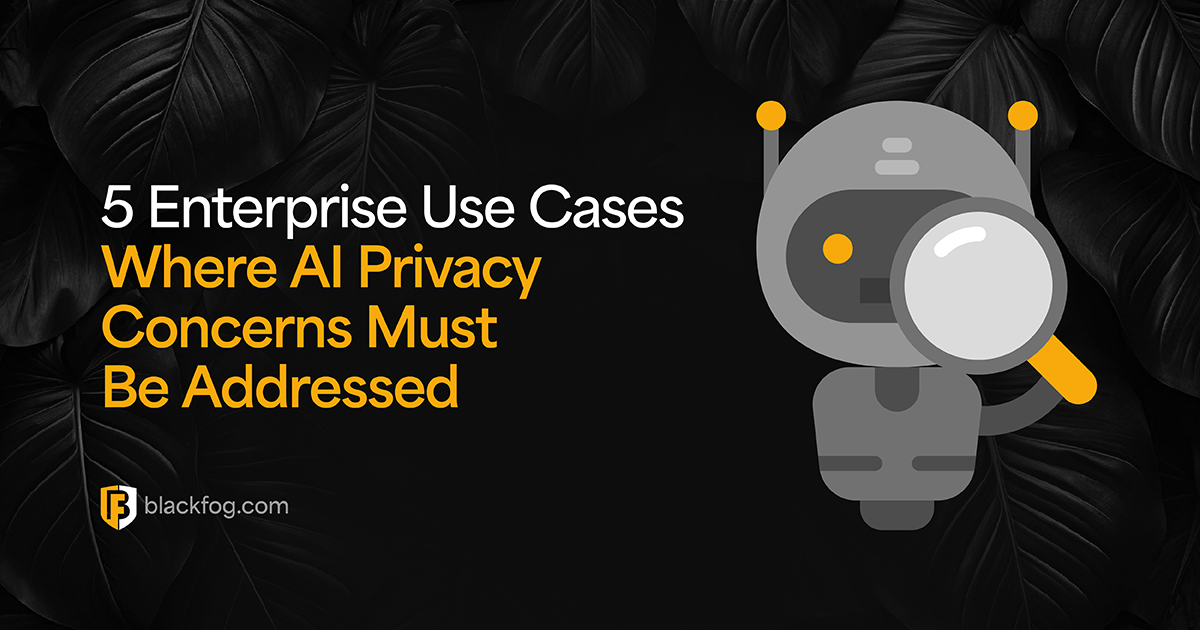
Data Risk Assessment: The First Step Toward Smarter Data Protection
In today’s data-driven world, information is a company’s most valuable asset. But by extension, it’s also the biggest vulnerability. From sophisticated threats like double extortion ransomware to simple human errors that cause accidental data leaks, modern businesses face an evolving landscape of data risks that can cause severe financial and reputational damage.
To protect sensitive information effectively and build a comprehensive data risk management program, firms need more than basic compliance. They must have a clear and complete understanding of where data resides, how it is used and where any gaps lie. A thorough data risk assessment is a vital first step in building this visibility and keeping critical data secure. But what does this involve and how can firms be sure they are conducting evaluations effectively?
Why a Data Risk Assessment Matters
The amount of data businesses hold is greater than ever. Customer details and payment information, intellectual property, research and development plans and financial records all offer great value, which makes them an attractive target for cybercriminals. What’s more, evolving working practices such as a reliance on the cloud and employee-owned devices increases the risk of accidental leaks through human error or poor data practices.
For example, according to Cybersecurity Insiders, 82 percent of companies have a bring your own device program, which means huge amounts of sensitive data may be processed or stored on devices outside the security perimeter.
Failing to protect sensitive information can lead to heavy fines, damaged trust and lasting harm to a company’s reputation. A single breach can cost millions and it can take years to rebuild customer confidence. However, guarding against this is much harder if firms don’t even know what data they should be protecting.
A data risk assessment helps prevent this by showing exactly what data a firm holds, where it is stored and which information carries the highest risk if exposed. It highlights weaknesses in current security and outlines what needs to change to keep data safe.
Regular assessments are also key for staying compliant with strict privacy rules like GDPR, which demand that businesses manage personal data properly and expect firms to maintain full records of their efforts.
Key Steps in an Effective Data Risk Assessment
A data risk assessment should give businesses a full picture of how information moves through their systems and where weak spots could put it at risk. There are several steps that should be followed to do this effectively. It’s not just about identifying your data, but determining what needs to be done next to protect it.
The following actions ensure data stays protected and helps build trust with customers and partners.
- Map your data: Create a complete inventory of all data your business collects, stores and shares. Make sure to cover all devices, cloud tools and backups in this, including those owned by the business itself, partners and employees.
- Classify and prioritize: Data classification should identify information based on sensitivity and how much damage a breach would cause. This can then be used to allocate resources to focus on the most critical information.
- Identify risks and gaps: Look for data security threats like shadow IT, unsecured BYOD hardware, insecure network connections and poorly managed vendor access that could leak data.
- Review current controls: Conduct a full audit of your current security tools, such as antimalware solutions, system monitoring and endpoint protection tools, to determine if they are up to date. Also analyze user permissions and policies to make sure they are adequate.
- Create an action plan: A clear strategy should outline vital steps to reduce top risks, assign tasks to responsible teams and set deadlines for improvements.
- Document and monitor everything: Keep records of findings and fixes to show compliance with privacy rules. Review and repeat assessments often as your data and threats change.
Common Challenges in Data Risk Assessments

Running a data risk assessment is not an easy task, especially in a world where volumes of information are growing all the time, networks are constantly expanding and cybersecurity teams are expected to do more with less. However, being able to recognize what common challenges are likely to be encountered allows firms to take proactive steps to minimize any difficulties.
Addressing these challenges is key to getting a clear view of true data risks.
- Data sprawl: With information scattered across devices, cloud apps and backups, it’s easy to overlook hidden files and ‘dark data’ that is held, but not currently being used.
- Shadow IT: Employees often use unapproved tools or personal devices which can create duplicate or untracked data outside company systems. For example, according to CyberArk, 65 percent of employees admit to taking security shortcuts such as sending data like emails to their personal accounts.
- Resource constraints: Many teams lack the time, budget or in-house expertise to run detailed audits or keep up with ongoing monitoring.
- Changing compliance rules: Privacy laws like GDPR evolve fast, which means firms must adjust policies and controls to stay compliant. This can involve reassessing how audits are carried out to ensure new requirements aren’t being missed.
- New data threats: Attack methods keep changing with ransomware, AI misuse and insider threats adding new risks that need to be taken into account when establishing how vulnerable data is.
Best Practices for Ongoing Data Risk Management
A one-time data risk assessment is not enough. To stay ahead of new threats and meet compliance standards, businesses need to make risk management a continuous part of daily operations. Developing a clear plan for reviewing and assessing data helps develop good habits that keep data safer and strengthens customer trust over time. This should include the following practices:
- Schedule regular audits: Repeat assessments at least yearly, or whenever new systems are added, to keep your data map accurate.
- Update policies and tools: Review security policies such as access management and upgrade software to handle modern threats like AI-powered attacks and advanced ransomware.
- Train employees: Teach staff how to handle data safely, spot phishing attempts and follow company security rules.
- Use real-time monitoring: Combine routine audits with tools that watch for unusual activity and block suspicious data transfers immediately, such as anti data exfiltration (ADX) solutions.
- Check third parties: Make sure vendors and other partners with access to key systems follow strong security practices and limit how much data they can view.
- Plan for incidents: Have a clear response plan so teams know what to do if a breach happens.
Share This Story, Choose Your Platform!
Related Posts
The State of Ransomware 2025
BlackFog's state of ransomware 2025 report measures publicly disclosed and non-disclosed attacks globally.
The State of Ransomware: December 2025
BlackFog's state of ransomware December 2025 measures publicly disclosed and non-disclosed attacks globally.
AI Data Exfiltration: The Next Frontier Of Cybercrime
How are cybercriminals using AI data exfiltration to enhance their ransomware attacks and what must businesses do to counter these threats?
5 Enterprise Use Cases Where AI Privacy Concerns Must Be Addressed
AI privacy concerns are rising with AI adoption - five use cases highlight the key issues businesses must consider.
What AI Management Really Means For The Enterprise
Ongoing AI management is essential in maintaining compliance in a challenging environment. Here's what businesses need to consider.
AI Security Risks Every Business Must Know About
AI Security Risks are growing as AI embeds in business. What key threats must firms address to stay compliant with data regulations?






